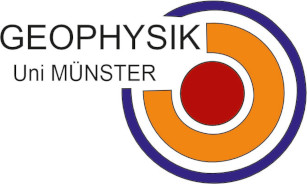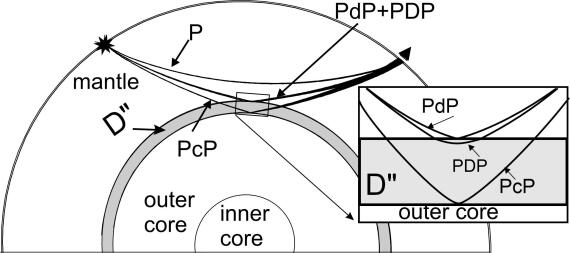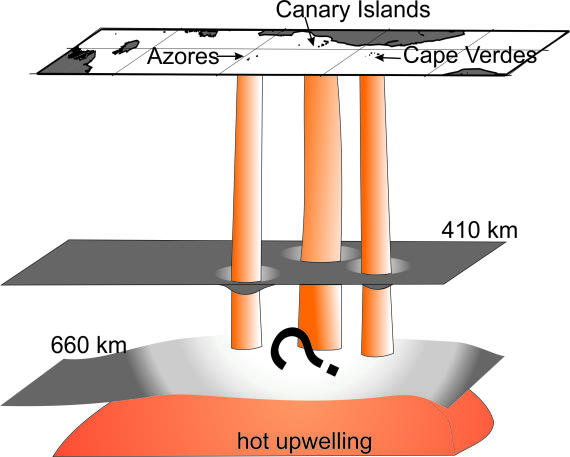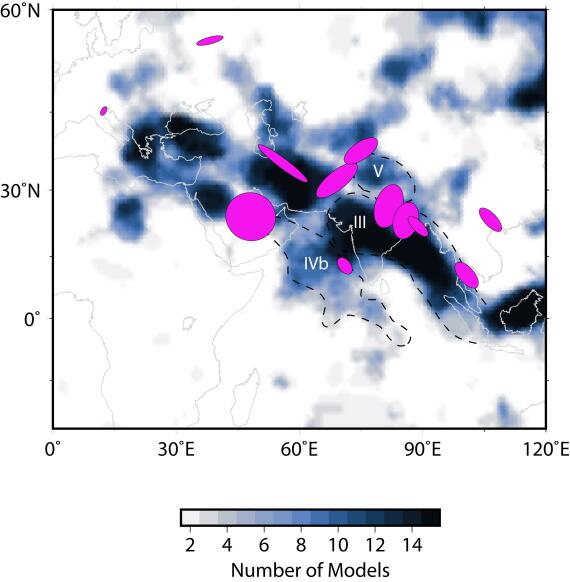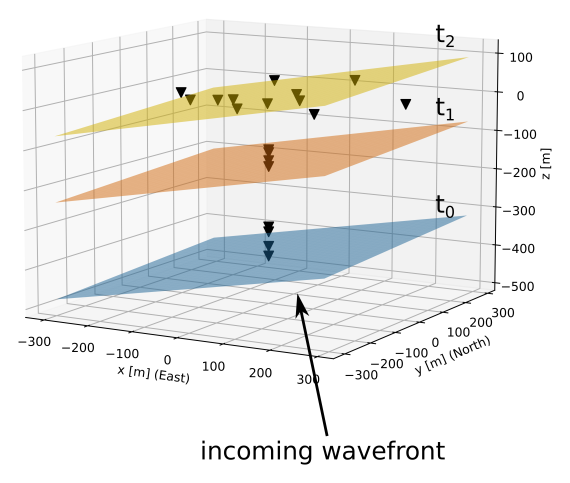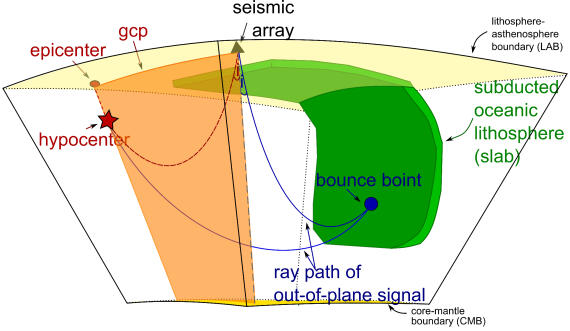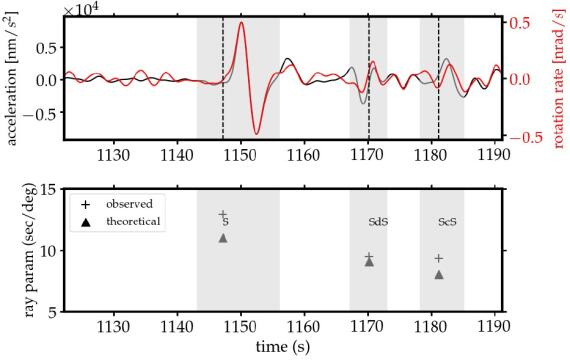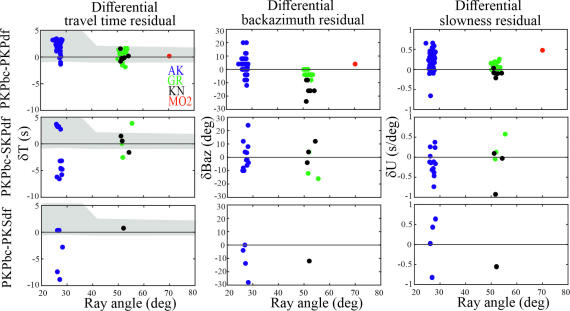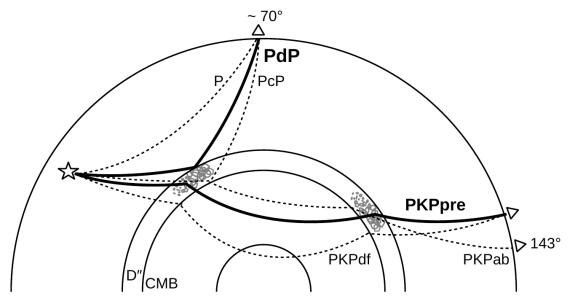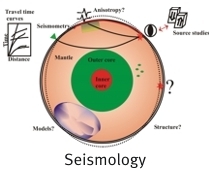Physical properties of deep subducted lithosphere (previous and ongoing)
Slabs of subducted oceanic lithosphere and heterogeneities in the whole mantle express the complex dynamics of the Earth, being an active planet. Since the advent of global and regional tomography, it was clear that the mantle is heterogeneous at different scales (e.g., Dziewonski and Anderson, 1984; Grand, 1997; 2002; Zhao, 2004; Ritsema et al., 2011). Slabs is the mantle have even provided further evidence of plate tectonics active through the geological time (e.g., Anderson and Dziewonski, 1984) and have been correlated to surface geological features to map subduction processes though time and space (e.g., van der Meer et al., 2010; 2018).
Traditional seismology often assumes that the waves travel through the great circle path in the sagittal plane along sources and receivers. However, several studies have shown that heterogeneities can laterally deviate the path of waves, thus arriving with different angles (out-of-plane) at an array of sensors. This hypothesis has been tested with both observations (e.g., Rost et al., 2008; Schumacher et al., 2016, 2018; Weber and Wicks, 1996) and modelling, though the latter is still at a preliminary stage, but it had provided precious hints on “how and where to look” (i.e., Schumacher et al., 2016). In this project, we push this approach further and we use 3D waveform modelling of slabs in the mantle to analyze seismic signals across arrays of sensors. We use array seismology (see Rost and Thomas, 2002 for a review) to detect and inspect these additional signals. Complexities in the slabs, such shape, thickness (i.e., age), topography, internal layering (MORB crust + lithospheric mantle) and orientation are tested. Furthermore, Large Low Seismic Velocity Provinces (LLSVPs) will be modelled to better evaluate their impact on the generation of out-of-plane signals from deep in the mantle. This approach will help us to better understand and constrain physical properties of the heterogeneous mantle, by looking from a “different angle”. (Angelo Pisconti )
People involved:
Angelo Pisconti, Lina Schumacher, Christine Thomas


